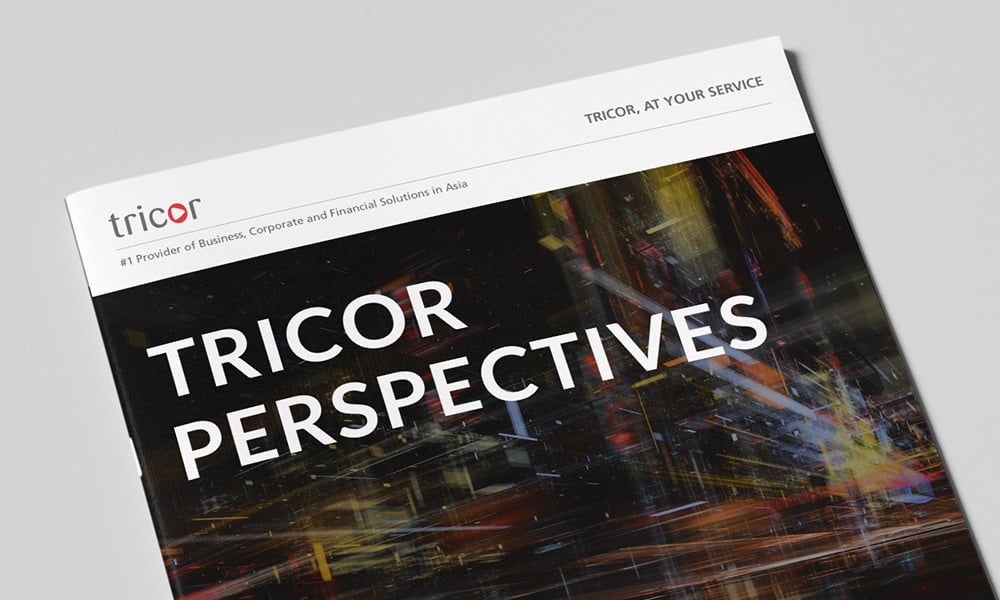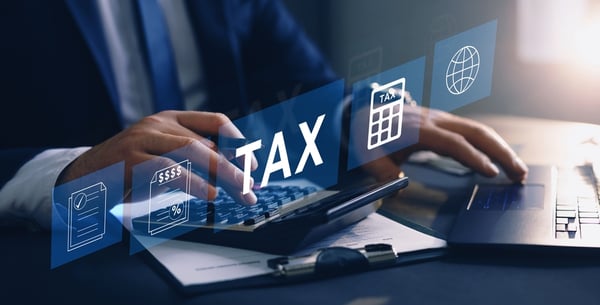In our July issue, we examined the new legal framework in Hong Kong for companies seeking to register eligible funds as limited partnerships. The updated regulations mean that Hong Kong is now well positioned to attract a broader range of assets, which should drive further market growth, especially in the private-equity space.
In this follow-up piece, we take a look at the development cycle of a Limited Partnership Fund (“LPF”) through to the eventual exit.
The Development and Operation of an LPF
The lifecycle of an LPF is typically ten years, though this can often be extended for one or two years to allow for the divestment process.
The cycle generally falls into three phases. The first is a two-year window that allows for registration and fundraising. This is usually regarded as the most challenging period, as gathering investment for the fund can take multiple meetings. While first-time funds are unlikely to raise capital from sources such as the large and established retirement funds, many networks can be tapped including personal connections, industry conferences and proprietary databases, as well as incubator websites like AngelList.
The second phase involves identifying deals and investing, which brings to the fore the industry and sector experience of the LPF’s founders. The fund’s managers need to decide its strategy in this phase. Is it looking to pursue buyouts? Or does it want to focus on growth equity? Hand-in-hand with this, the managers need to decide how long it intends to invest in a company. Private equity companies typically hold a stake for around six years, but some have much shorter horizons while others are happy to hold for a decade or longer – either because the investment is performing well or because it has underperformed. Managers always need to bear in mind its relationship with the company in which they invest and whether it will require a second or third round of funding.
The final phase involves portfolio management, which is sometimes referred to as harvesting. This can be either active or passive and involves overseeing the investments that have been made and helping those companies grow. Although it is common for a follow-on investment to be made in a company that requires capital for growth, new investments are not generally made at this stage from a fund. Fund managers instead focus on developing, growing and preparing for an exit, be this via a trade sale or via an IPO.
Points to bear in mind for the fund’s portfolio are asset allocation, the needs for diversification and rebalancing. All of these depend on the risk appetite of the individual partners of the fund.
As mentioned above, the general partner of an LPF can extend the life of a fund for two periods of a year each, if, for example, the LPF needs more time to prepare to exit an investment.
It is common to see general partners request additional time to exit their investments. This can happen when companies in which the fund has a stake have taken longer to turn around, though those who have invested in the LPF need to keep a close eye on management fees.
Exit the Portfolio and Dissolve the LPF
The two common ways to exit individual investment are via a trade sale or an IPO. With a trade sale, the company is sold on by the LPF either to another Fund or a corporate player in the sector.
It is normal for an LPF to exit individual share investments in its portfolio via an IPO. The Hong Kong Inland Revenue Department ("IRD") tends to view gains made in this manner under the Unified Fund Exemption regime, which is the HKSAR’s central tax-exemption structure for funds. It applies to both Hong Kong and to non-Hong Kong-based funds.
The new LPF Ordinance has simplified how the funds themselves – which typically have a life of up to 10-years – are dissolved. Under the new regulations, partners can liquidate the LPF following the terms of the partnership agreement.
A fund may also be liquidated by a court order from either a partner or a creditor under a number of specific circumstances, such as breaches of the agreement by one of the partners or trading difficulties.
Staying One Step Ahead
The introduction of the Limited Partnership Fund Ordinance will ensure that the LPF lifecycle in the Hong Kong market is controlled, robust, and cost efficient with clarity for market participants at all stages of the process. In turn, this will help to ensure that Hong Kong’s remains a preferred jurisdiction for asset managers and family offices.







